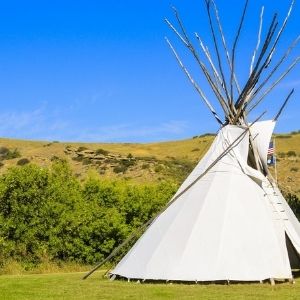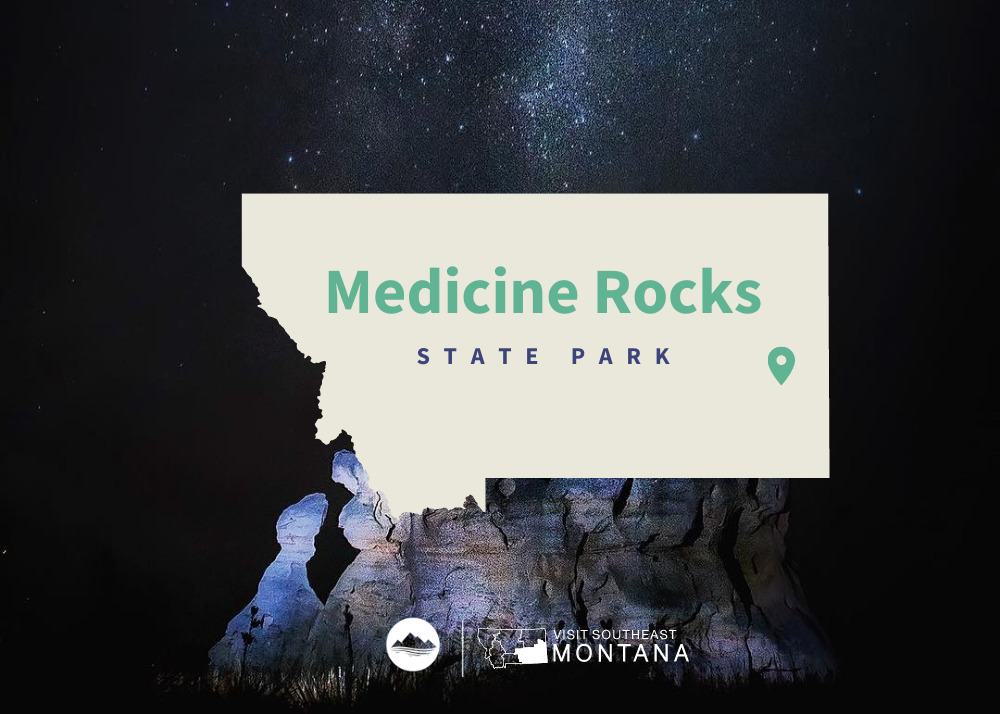Yellowstone River State Park
Yellowstone River State Park

Yellowstone River State Park is just over 200 acres of what used to be the Circle R Ranch, which was purchased by FWP in 2008. Sandstone bluffs, pasturelands, and groves of cottonwood trees surround this unique park.
Unlike many state parks across Montana, you won't find many amenities or visitor information kiosks. This undeveloped park is adjacent to Wildlife Management Areas and BLM property, which allows users to experience solitude and quiet only miles from Montana's largest city, Billings.

Looking for things to do?
There are many opportunities for recreation along the Yellowstone River.
Gravel along the river from Custer to Sidney often yields Montana agates (inquire locally or through the Custer Country tourism region for guide services or rockhounding tips).
Fishing and floating are two other favorite activities on the Yellowstone. Badlands scenery is abundant in Terry or Makoshika State Park (in Glendive, MT), where you can drive to view impressive rock formations.
The site contains 3,976 deeded acres and includes 5 miles of wooded Yellowstone River shoreline. The acquisition also secured for the public use of 5,450 acres of Bureau of Land Management (BLM) and state land that had been difficult to access.
Currently undeveloped, the park provides an ideal spot for hiking the day away. Sandstone bluffs overlook the Yellowstone River while deep canyons and ponderosa pine-lined coulees dot the landscape.
The area provides habitat for mourning doves, meadowlarks, mallards, Canada geese, wild turkeys, pheasants, sage grouse, sharptailed grouse, Hungarian partridge, mule deer, whitetail deer, pronghorn antelope, and even an occasional elk.
Park Activities
Park Features
The Yellowstone is the last free-flowing river in the lower 48 states. From its headwaters in Lake Yellowstone downstream 670 miles to the Missouri River in North Dakota, the Yellowstone River flows as it has for centuries, in its natural state, undammed and untamed.
Clear, cool, swift and challenging it offers fishermen and river runners some of the best water Montana has to offer.
To fishermen, its blue-ribbon waters are known world round for an abundance of big trout. As it flows through Montana, the big river goes through many changes - from steep-walled canyons where boulders churn its green waters to the eastern part of the state where the river broadens to take a lazy path through fertile farm country.
There are many opportunities for recreation along the Yellowstone River.

Curious what other visitors have had to say about the park?

Park
Open Year-Round
Location
989 Ackley Lake Road Hobson, MT 59452
Yellowstone River State Park Read More »






























































































